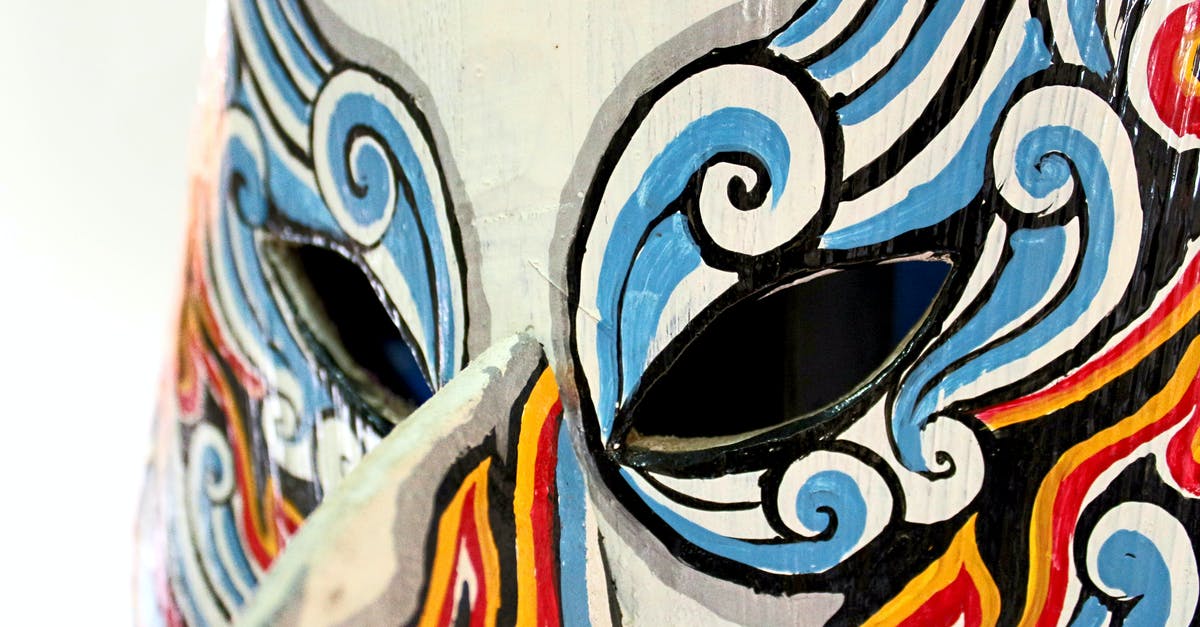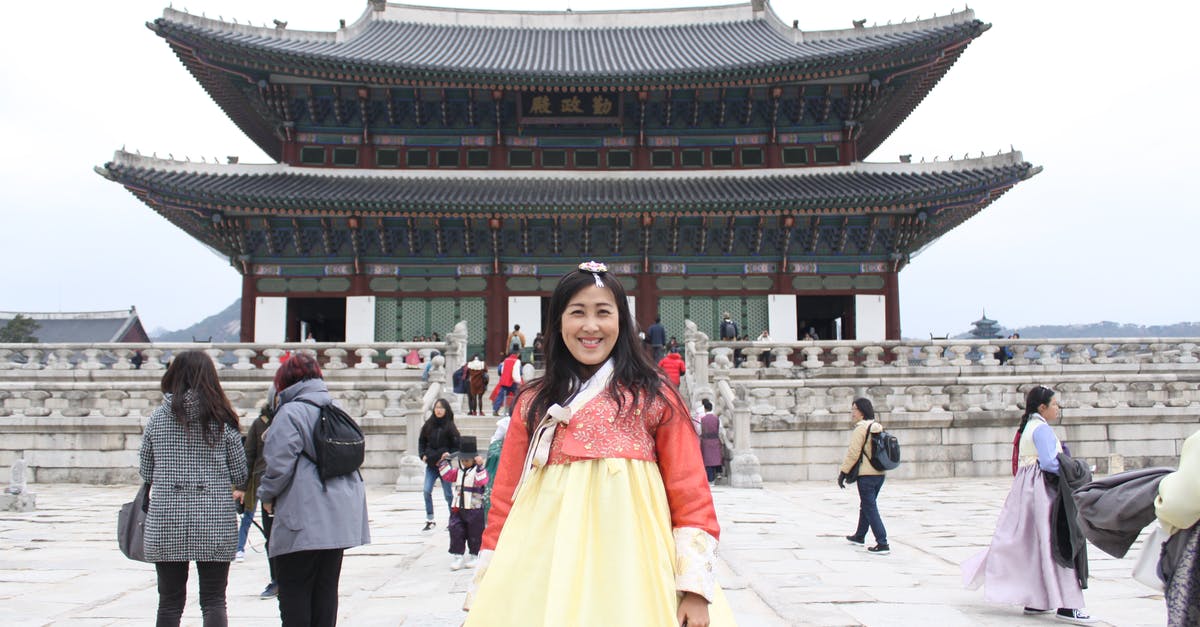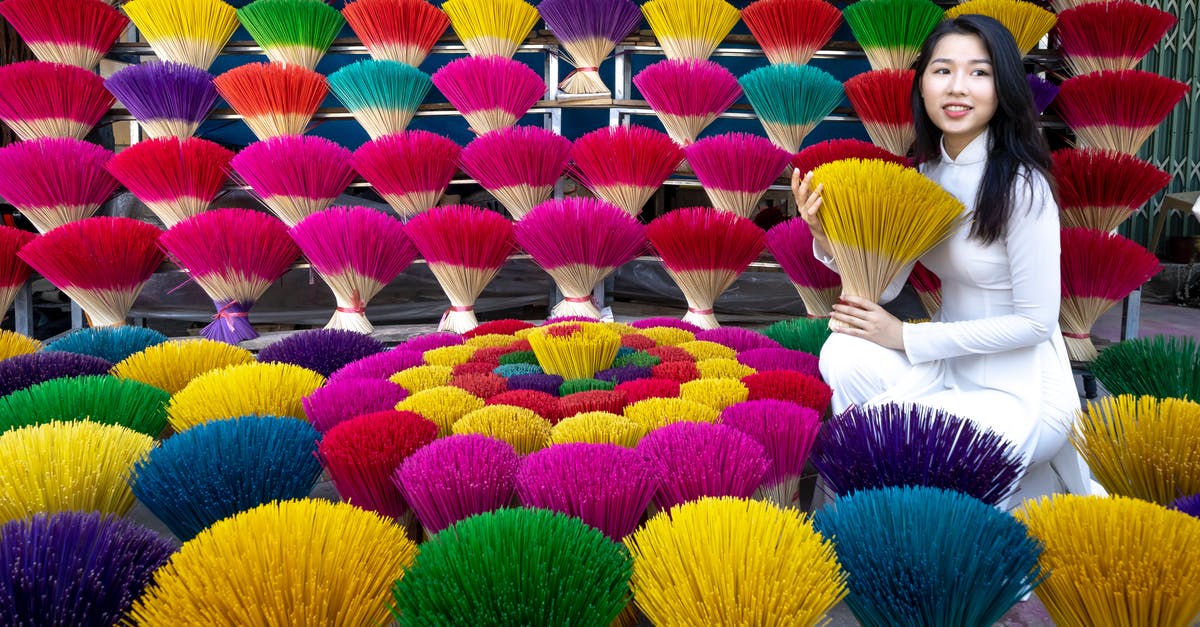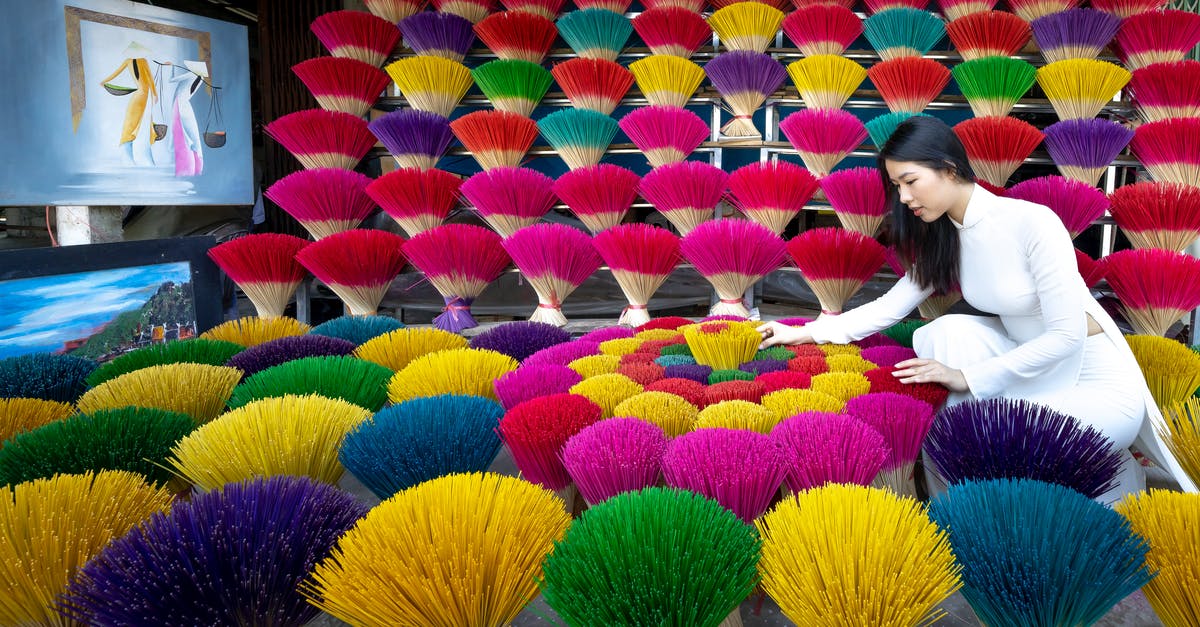Cultural Basis of Asian Ghost Lady

In a lot of Asian horror movies (particularly Japanese ones) a common motif is the ghost lady in white, with long black hair covering her face. The wide spread use of this image has led me to wonder if there's a cultural background to her in Asian horror folklore?
Best Answer
TV Tropes provides a good starting point on the subject:
An entity often seen in Japanese horror movies is a ghost, usually that of a young woman, with long, stringy black hair that covers her face, clad in a white burial kimono or shroud. Her face itself is often quite ghastly to look upon.
This is actually a type of ghost known as an onryo, the ghost of a young woman who was greatly wronged by a man in life and now seeks vengeance on the living. Strangely enough, the man who actually did the wronging is often left untouched by the onryo, which is probably perceived as the way it should be in the traditionally male-dominated Japanese society...
In some Asian and Slavic cultures, white is considered to be a color that represents death.
Which is why they're wearing white.
Now on to Wikipedia to learn about the appearance of the Onryo, which TV Tropes mentioned:
Traditionally [citation needed], onry? and other y?rei had no particular appearance. However, with the rising of popularity of Kabuki during the Edo period, a specific costume was developed.
Highly visual in nature, and with a single actor often assuming various roles within a play, Kabuki developed several visual shorthands that allowed the audience to instantly clue in as to which character is on stage, as well as emphasize the emotions and expressions of the actor.
A ghost costume consisted of three main elements:
- White burial kimono
- Wild, unkempt long black hair
- White and indigo face make-up called aiguma.
Unfortunately, that part of the Wikipedia article is entirely unsourced, so I can't speak to the veracity of these claims. Wikipedia also states the origins of the Onryo trace back to 8th century, but doesn't have a source for that either.
Tonight's Saturday Night Live, provided a new clue for me. A skit refers to this trope as a "mool-gwishin ???" (that's the Korean written language), which some googling got to a few separate descriptions that mention the long haired, white robed ghost. Wikipedia's article on Gwishin (??) states:
Gwishin are usually transparent, legless and float in mid-air. Old gwishin usually have white Hanbok (??) which are worn for funerals. They have long, drooping black hair and sometimes they are faceless, depending on their personality. Male gwishin are somewhat rare, but they're like female ghosts, except female gwishin are more often heard.
So Korea has similar ghost legends that match the Onryo's description. The summary for the gwishin (??) article provides some background detail on them:
Gwishin (??) are Korean ghosts who are similar to a Yogwi (??); they are people who have died, not monsters or creatures such as Dokkaebi. They can be found in many places, but are commonly in abandoned buildings, houses, cemeteries, forests, etc. When a person who dies without completing something that they must do (e.g. revenge or staying longer with their family), their spirit remains on earth to complete the task before going on to the underworld. However, very strong gwishin do not go to the underground world if they want to remain on earth, and over time these gain strength.
So, one of the reasons gwishin (??) are around is to seek revenge, another similarity with the Onryo. This looks like Korea has similar legends as Japan, which helps confirm this is an Asian ghost legend.
Pictures about "Cultural Basis of Asian Ghost Lady"



Exploring Pontianak, Asia's Most Famous Female Ghost | Legen(Diary)
Sources: Stack Exchange - This article follows the attribution requirements of Stack Exchange and is licensed under CC BY-SA 3.0.
Images: icon0.com, alde saputro, Quang Nguyen Vinh, Quang Nguyen Vinh
